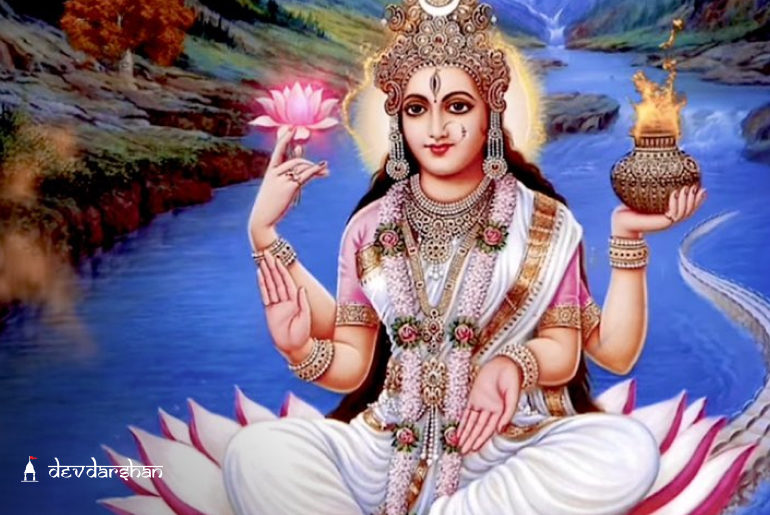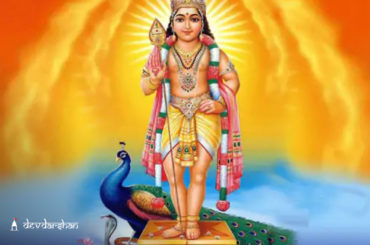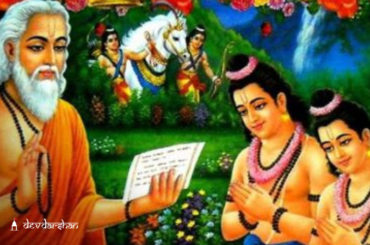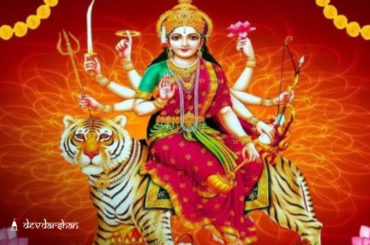Ganga Saptami is a Hindu festival that is celebrated to mark the birth anniversary of the river goddess Ganga, also known as the Ganges. It falls on the seventh day of the Shukla Paksha (bright half) of the Hindu month of Vaishakha, which usually falls in the months of May or June in the Gregorian calendar. Devotees perform special pujas and certain religious rituals for Goddess Ganga.
On this day, Devotees take a dip in the holy river Ganga and perform puja (worship) to seek blessings from the river goddess. It is believed that taking a dip in the holy river Ganga on this auspicious day can wash away one’s sins and bring prosperity and happiness in life.
The festival is celebrated with great enthusiasm in places situated along the banks of the river Ganga, especially in the northern regions of India. Devotees also offer flowers, sweets and other offerings to the river goddess and recite hymns and prayers in her honour. The day is considered highly auspicious for starting new ventures and seeking divine blessings.
So, let’s get to know more about the Date, Rituals and Significance of Ganga Saptami 2023.
Ganga Saptami 2023: Date, Muhurat and Timings
This year, Ganga Saptami will be observed on Thursday, April 27, 2023
- Saptami Tithi Starts: 11:27 a.m on April 26, 2023
- Saptami Tithi Ends: 01:38 p.m on April 27, 2023
Find Out Date and Muhurat of Mohini Ekadashi 2023
Significance of Chaitra Purnima
Ganga Saptami is a significant festival in Hinduism as it marks the birth anniversary of the river goddess Ganga, who is considered one of the most sacred and revered deities in Hindu mythology. The festival holds great spiritual and cultural significance, especially for those who live along the banks of the river Ganga.
According to Hindu mythology, the river Ganga descended to Earth from the heavens on this day, and thus, it is believed that taking a dip in the holy river on this day can cleanse one’s sins and bestow blessings from the goddess.
The festival also symbolizes the importance of the river Ganga in Indian culture and tradition. The river is not only considered sacred but is also an important source of livelihood for millions of people who depend on it for agriculture, fishing and transportation.
Furthermore, Ganga Saptami also serves as a reminder of the need to protect and preserve the river and its ecosystem. With growing pollution and environmental degradation, the festival serves as a call to action to ensure the sustainable use and conservation of the river Ganga for future generations.
Find out how to participate in Puja on Mahalaya Amavasya 2023
Ganga Saptami 2023 Rituals
Ganga Saptami holds greater significance in offering Prayers to Goddess Ganga to attract fortune and success. So, let’s find the religious rituals to be performed on Ganga Saptami.
- Get up early in the morning before sunrise and take a holy dip in River Ganga. Besides, worship Goddess Ganga, as it is considered very favourable.
- One can immerse in a garland across River Ganga and participate in the famous Ganga Aarti. The Ganga Aarti is special because “Maa Ganga” is believed to descend on Earth from heaven on this day.
- This is performed at several Ghats and millions of devotees from different parts of India participate in this aarti.
- After the Ganga Aarti is over, saints circulate the lamp to all those who are present around. Cup your down-turned hands over the flame and raise your palms on the forehead to seek purification and blessing. Here, the aarti consists of small diyas and flowers that are later floated down the river.
- On Ganga Saptami, the ceremony of Deepadan or the donation of deep is followed. Huge fairs are also organised near the banks of the holy river.
- Reciting the Ganga Sahasranam Stotram and ‘Gayatri Mantra’ is also viewed to be very auspicious on Ganga Saptami.
Mythological Legend Behind Ganga Saptami
Let’s find here the mythological legend behind Ganga Saptami
The legend behind Ganga Saptami is rooted in Hindu mythology and revolves around the birth of the river goddess Ganga. According to the legend, King Sagara of the Ikshvaku dynasty was performing a ritual known as Ashwamedha Yajna (horse sacrifice) to assert his dominance over the earth.
During the ritual, the horse meant for sacrifice was stolen, and King Sagara ordered his 60,000 sons to find it. The sons searched for the horse and found it near the ashram of sage Kapila, who was in deep meditation at the time. They mistakenly believed that the sage had stolen the horse and disturbed his meditation angered the sage, leading him to curse them, and causing their immediate death.
King Sagara, heartbroken over the death of his sons, decided to perform their last rites to help them attain salvation. However, the ashes of his sons could not be purified without the sacred waters of the river Ganga. Therefore, King Sagara’s grandson, Bhagiratha, meditated for several years to please Lord Brahma and seek his help in bringing the river Ganga down to Earth.
Also Read: Importance of Pitru Shraddha
Lord Brahma granted Bhagiratha’s wish and asked him to seek the help of Lord Shiva to bear the force of Ganga’s descent on Earth. Lord Shiva agreed to help, and when Ganga descended from the heavens, Lord Shiva received her on his matted hair and released her slowly, thus calming her immense force.
The day on which Ganga descended to Earth is celebrated as Ganga Dussehra, and the day on which Bhagiratha’s prayers and penance were answered by Lord Brahma is celebrated as Ganga Saptami. It is believed that by taking a dip in the holy river Ganga on Ganga Saptami, one can purify their sins and attain salvation.
It is said that during the course of her flow and force, she washed out the sage Jahnu ashram. Outraged with this, the raged sage drank the whole water of Ganga. However, when King Bhagiratha and the Gods pleaded with the sage, Sage Jahnu released Ganga once again on the day of Shukla Paksha Saptami in Vaishakha month. From then onwards, this day is celebrated as Ganga Saptami and it marks the rebirth of Goddess Ganga.
Later river Ganga came to be known as Jahnavi, the daughter of sage Jahnu. From the Himalayas, she continued her journey and reached sage Kapil’s ashram and flowed over the ashes of sixty thousand princes. Then, they all attained Moksha and this day is considered Ganga Dussehra.
Overall, these legends and stories highlight the significance of Ganga Saptami in Hindu mythology and underscore the spiritual and cultural importance of this day for Hindus around the world.
Benefits of Observing Ganga Saptami Vrat
Observing a fast or vrat on Ganga Saptami is considered to be very auspicious and has several benefits. Some of these benefits include:
Blessings from Goddess Ganga
Observing a vrat on Ganga Saptami is believed to bring blessings from Goddess Ganga, who is considered the embodiment of purity and holiness. It is believed that the blessings of the goddess can help overcome any obstacles and bring prosperity and happiness.
Purification of the Mind and Body
Fasting on Ganga Saptami is considered a way to purify the mind and body. It helps to detoxify the body, eliminate toxins and negative energies and promote physical and mental well-being.
Improved Concentration
Fasting is known to improve concentration and mental clarity. Observing a vrat on Ganga Saptami can help improve focus, enhance memory and increase productivity.
Spiritual Benefits
Observing a vrat on Ganga Saptami is considered to have spiritual benefits. It is believed to increase spiritual awareness, promote spiritual growth, and help one connect with the divine.
Karma Purification
Ganga Saptami vrat is believed to help purify one’s karma and promote positive changes in one’s life.
Also Read: Benefits of Fasting on Auspicious Days
Overall, observing a vrat on Ganga Saptami is believed to bring about several physical and spiritual benefits and help one lead a happier, healthier and more fulfilling life.
Check out various Online Puja and services provided by DevDarshan here and get your bookings done in one click. If you want to know more about Indian culture, Indian Temples, Pujas and festivals, then download the DevDarshan App. Don’t forget to share this blog if you liked.





